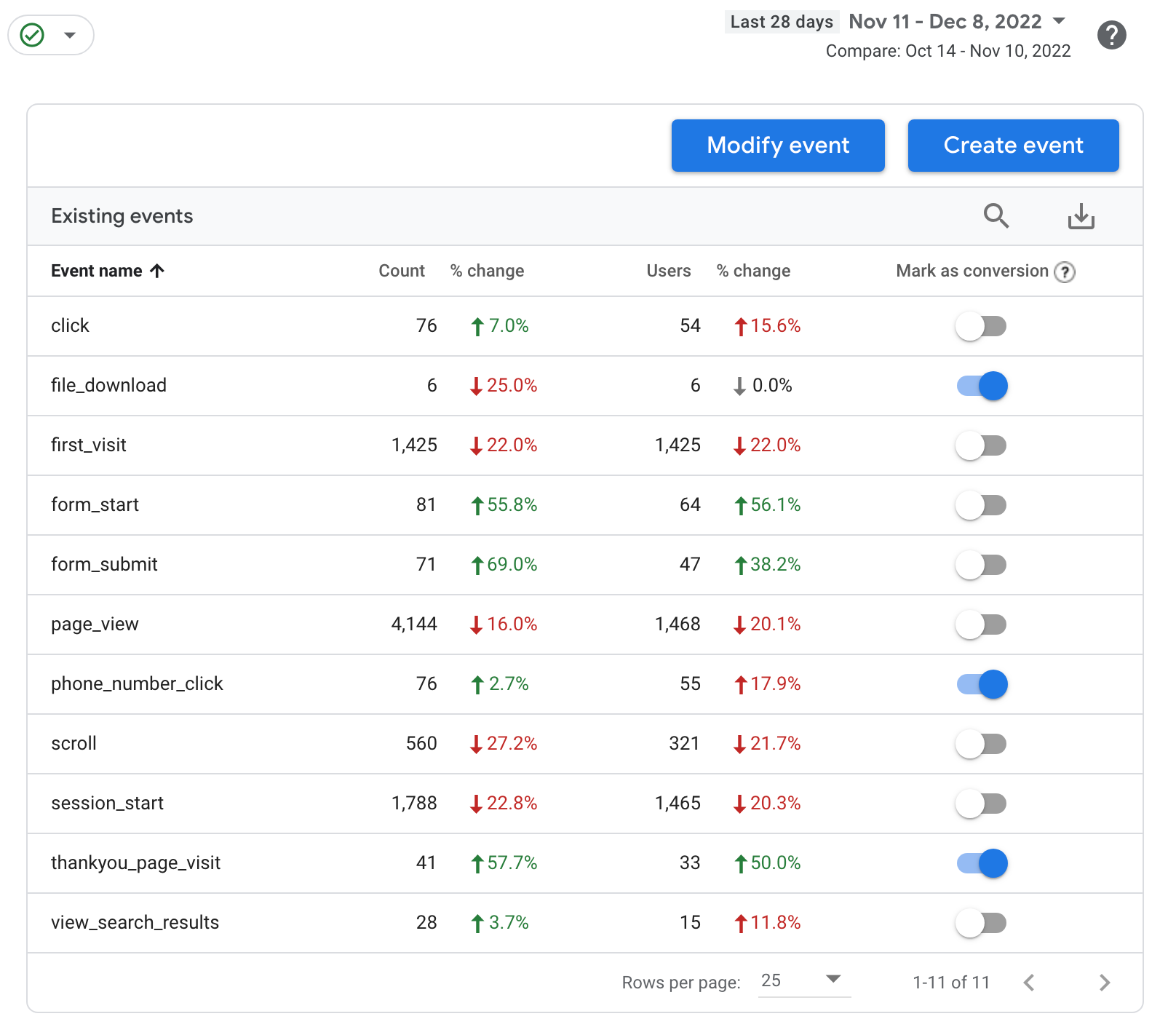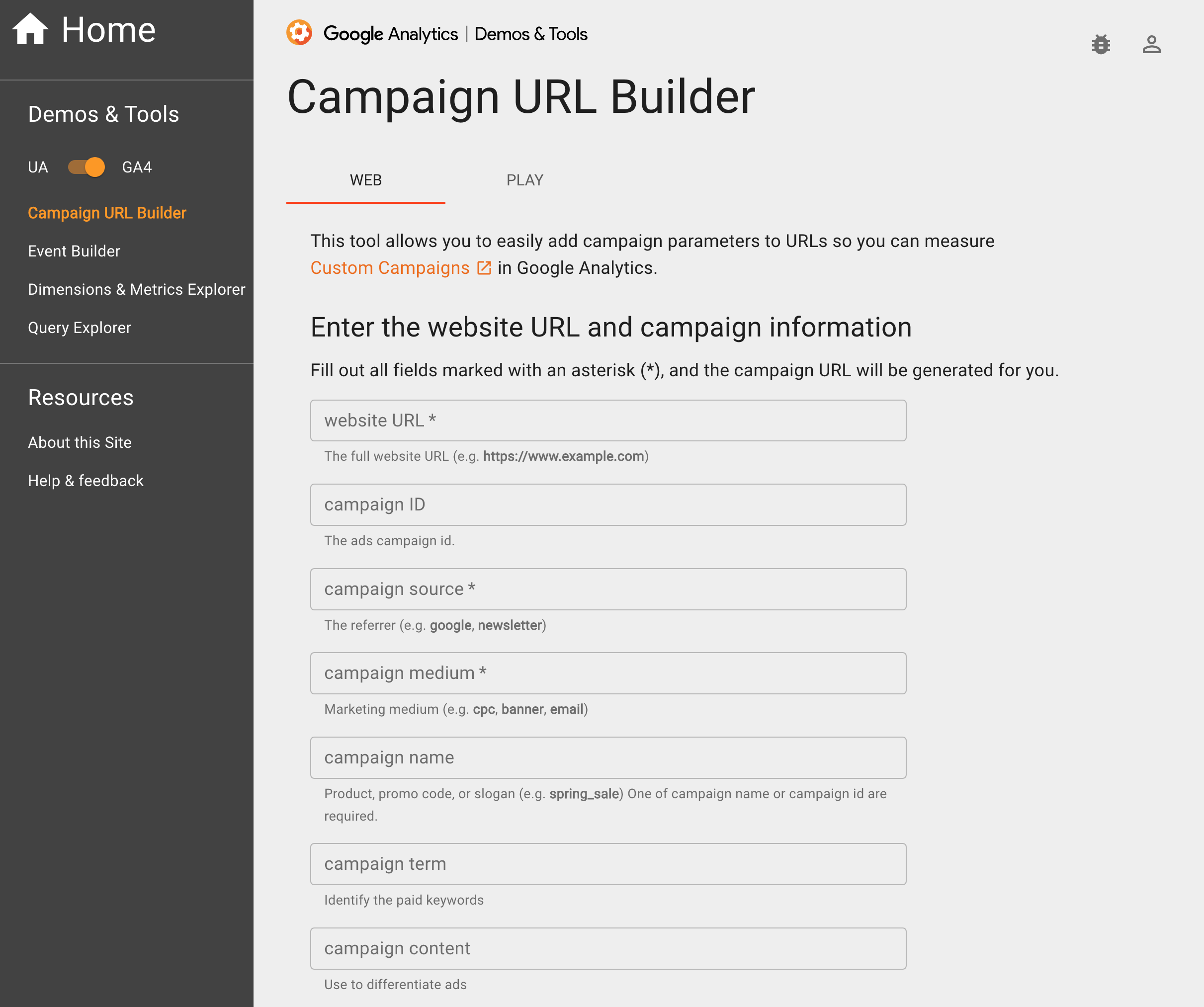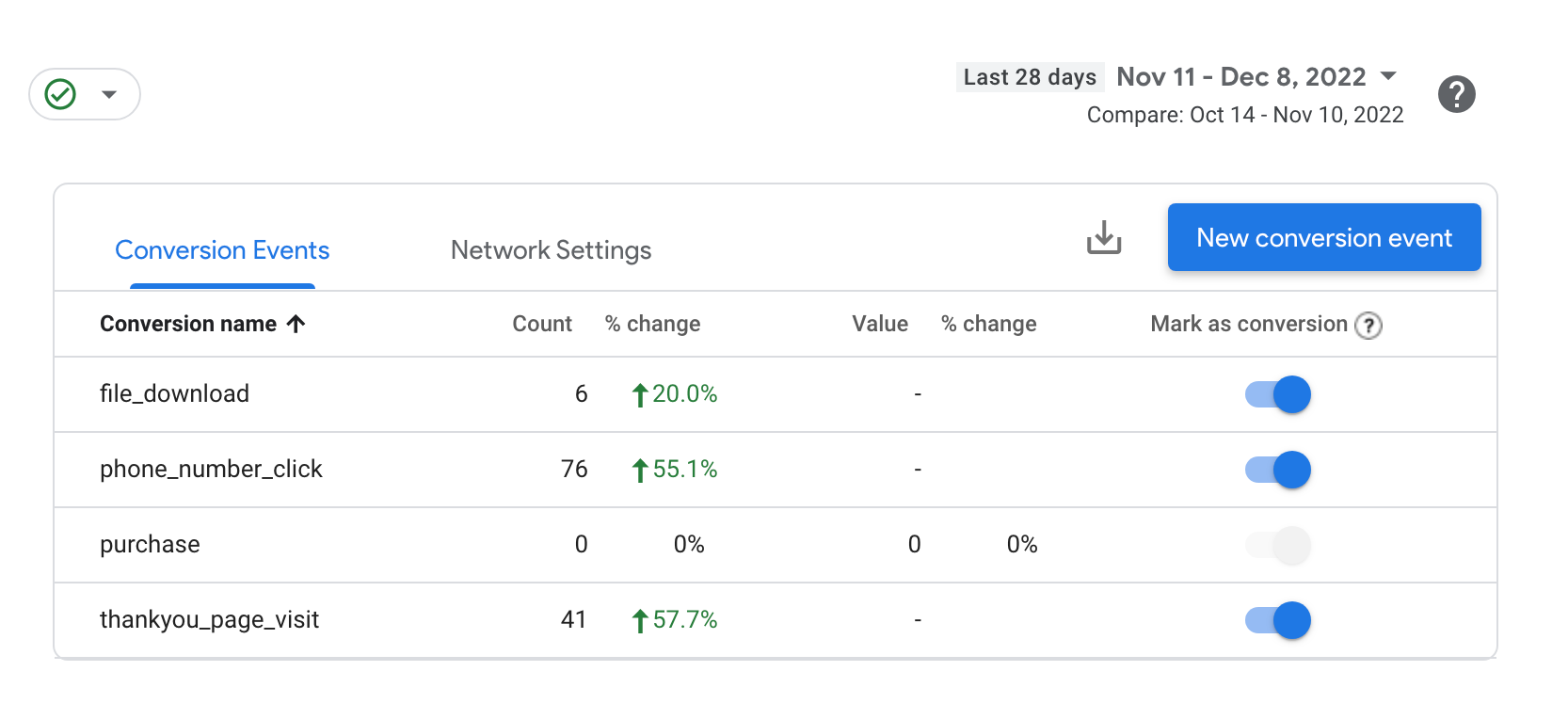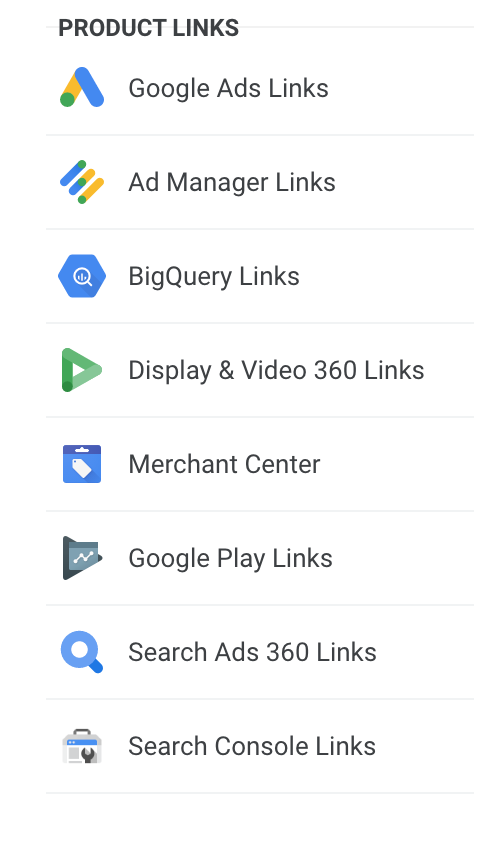GA4 (Google Analytics 4): 6 New Benefits
As a website owner, it can be difficult to keep up with all of the changes happening in the web industry. To help you stay on top of everything, we’ve created a basic overview of one of Google’s newest features: GA4 (Google Analytics 4). We’ll explain what it is and why we’re excited about this new tool.
What is Google Analytics 4?
Google Analytics 4 is a free data collection and event tracking tool for websites and apps that creates reports that provide insights into your business. This includes information like which keywords are bringing visitors to your site as well as where those visitors came from (e.g. e-mail marketing campaigns or social media platforms), how long they stayed on the page after clicking through a link within their result set, what pages they visited before leaving or following up with a purchase/download/etc.
Most users are familiar with the standard UA (Universal Analytics) platform. Beginning July 1, 2023, new data will only flow into the new GA4 (Google Analytics 4) properties.
Why use GA4?
Keep in mind – Google built UA in an era where Internet Explorer and Blackberry were all the rage. In addition to UA sunsetting, GA4 provides website owners the perfect opportunity to level up.
- GA4 is more secure, which is great for consumer privacy and business compliance
- It’s also lightweight and mobile 1st
- The cross-platform tool is easier to use and provides more intuitive data based on events
- Gain a better understanding of the overall user journey
The Biggest Differences (and Benefits) Between UA and GA4
One of the first things you may notice when using GA4 is that the data model is a bit different from UA. We’re used to seeing data as ‘views’ – now you have ‘data streams’.
1. Data Streams
In Universal Analytics, you’d have to create a property for each data source (i.e., Android app, iOS app, and your website) where you’d use filters to adjust reporting to your needs. In Google Analytics 4, there are no views. Now, you’ll have one single property that contains data streams. Most people can get started with one stream, a web data stream.

Ideal setup:
- 1 web data stream per property
- 1 iOS data stream per property
- 1 Android data stream per property
- Each app data stream can only be linked to one GA4 property, so consider this as you decide which streams to link to a property.
- Note that each stream has a different ID (G-)
2. Enhanced Measurements
Another difference is that you’ll see ‘enhanced measurements’. When you set up a data stream, GA4 pre-selects some key metrics for you so you don’t have to worry about too much setup to get started.
For each data stream, GA4 will automatically track page views, scrolls, file downloads, video plays, site searches, and outbound link clicks using enhanced measurements.
The best part is – NO code changes are required (other than installing a tracking script). Previously (in UA) we needed to go through a number of steps to set up one event to get it tracking properly. Now that GA4 is event-based – it tracks all of this automatically with a couple of clicks.

- Turn on or off enhanced event measurement with toggles
- Add additional events to measure other features and behaviors (see GA4 recommended events and custom events)
- Hot tip 1: If you do set up your own custom event make sure you always use snake case and underscores (e.g. button_click)
- Hot tip 2: Takes a full day to show up – so wait 24-48 hours to set up conversions.
- Setup e-commerce events if you need to
3. New Parameters for URL Builder
If you’re tracking any content marketing campaigns in UA by using Google’s Campaign URL Builder: The URLs you create will need to be updated to track properly with GA4.

With Google’s URL Builder, you can use those links anywhere externally to get clean data. With the new UTM parameters, you can track users, view the customer journey, and ultimately understand user behavior and user interaction with your website. Here is a handy resource that shares the new parameters.
4. Enhanced Measurements and Custom Events as Conversions
Remember having to go through an encyclopedia of information to try and set up events, goals, and conversions with a Universal Analytics Property? Those days are over! Now, you can simply toggle ‘on’ conversions based on your enhanced measurements or custom events.

GA4 uses machine learning to automatically set up goals for you, so there is no need to do this manually. This is awesome because it makes things easier and saves time. However, there’s something else that’s even better: GA4 automatically creates the best possible goals based on your data.
5. Integrate Other Data Sources

GA4 is tightly integrated with the two most popular tools for marketers: Google Ads and Search Console. Google Ads is used to manage paid ads, while Search Console is used to monitor organic search results. When you use this tool, you’ll be able to see the impact of your paid campaigns on website traffic and conversions right alongside how your organic efforts are performing in terms of keyword rankings and click-through rate (CTR). This makes it easier for marketers to optimize their campaigns across both channels.
Check out this quick video from SEM Rush that shows how to link Search Console to GA4 in a few clicks.
6. Customizable Reporting Instead of Predefined Reports
The customizable reporting feature is one of the biggest benefits it has over UA. You can now create custom reports based on your needs, instead of relying on predefined reports from Google Analytics. This provides you with more flexibility in how you view your data and makes it easier for you to obtain meaningful insights.
To make things even easier – you can also customize your reports to look like the old UA dashboard!

GA4 Makes Life Easier
GA4 is not just a tool for measuring traffic; it’s a tool that allows us to analyze the performance of our website and marketing campaigns, identify opportunities for improvement, and make better decisions about how we can use our time and resources more effectively.
Need support? Please let us know – we’d love to help you get started with Google Analytics 4!